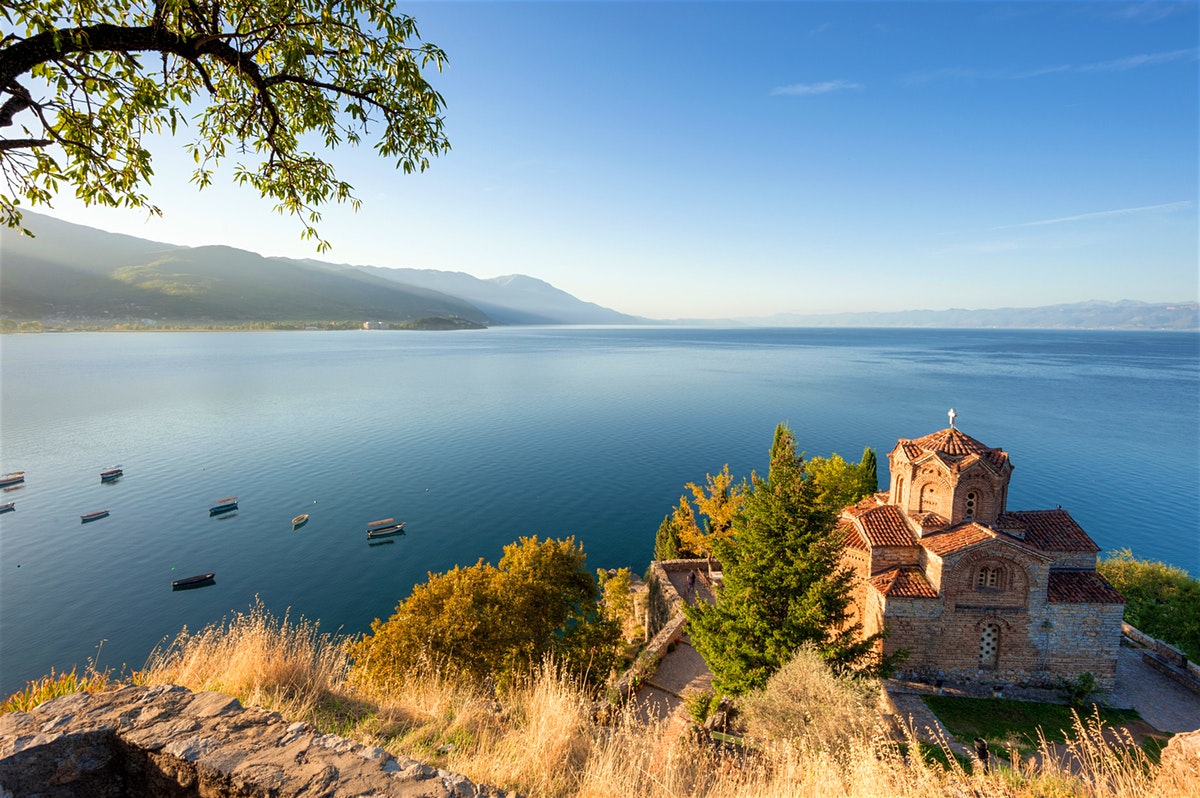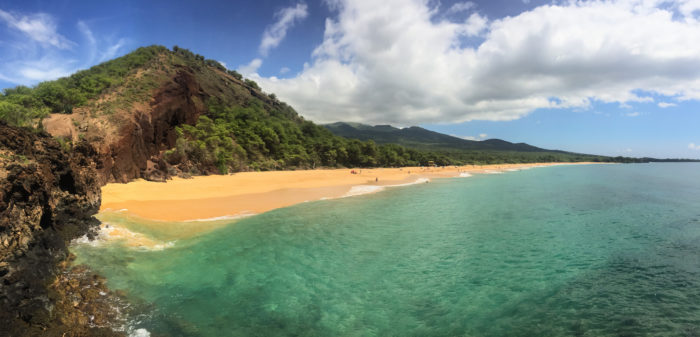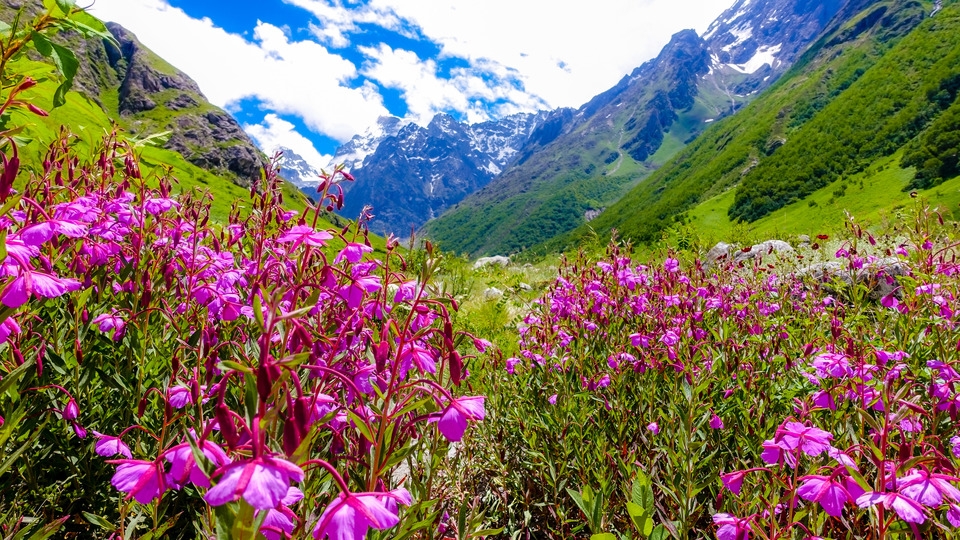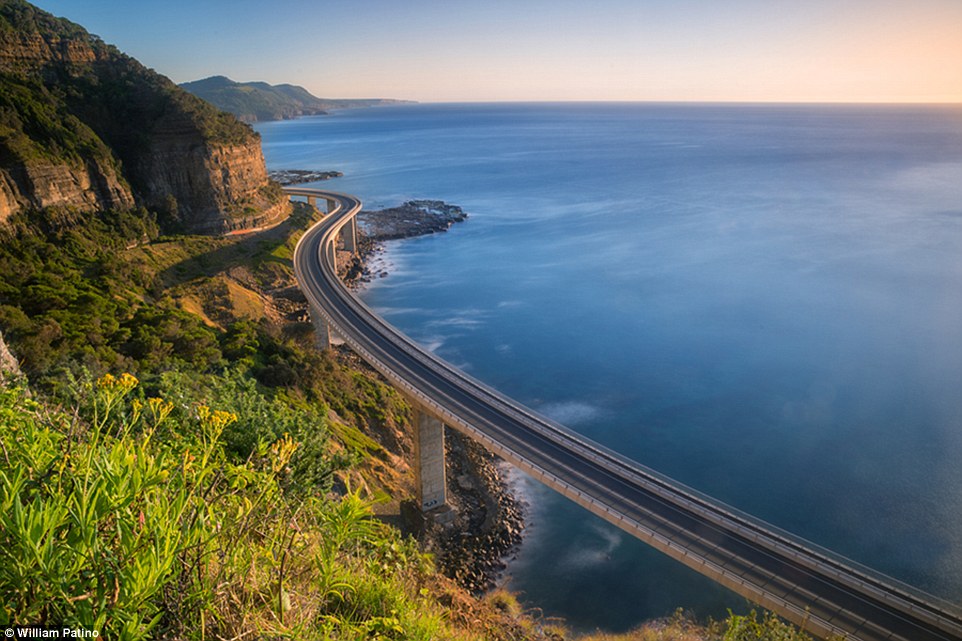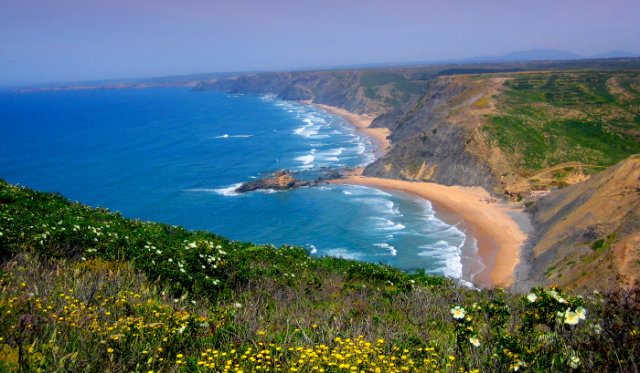Ohrid Lake deserves the epithet “Macedonian Sweetwater Sea”, not only because of its pleasant blue colour, which is more intense than the blue of the sky, but also because of its surface area and because it attracts thousands of tourists each summer. Its singular natural conditions have made the survival of life forms from the Tertiary period possible, owing to which Ohrid Lake has often been called a museum of living fossils. In 1979 and 1980, the surrounding beauties and the town of Ohrid together with the lake were declared as a Cultural and Natural World Heritage Site by UNESCO, the only one in Macedonia. It is one of the oldest and deepest lakes in Europe which kept an amazing variety of unique flora and fauna within it. It is an excellent tour location and it attracts thousands of tourists from all over the world. On its northern shore, the ancient city of Ohrid rises above the lake as a colossal piece of scenery, located on a double hill with highest point at Samuel’s Fortress. The famous Ohrid pearls are made from the scales of the endemic Ohrid Lake Plasica fish which makes them unique in the world.
